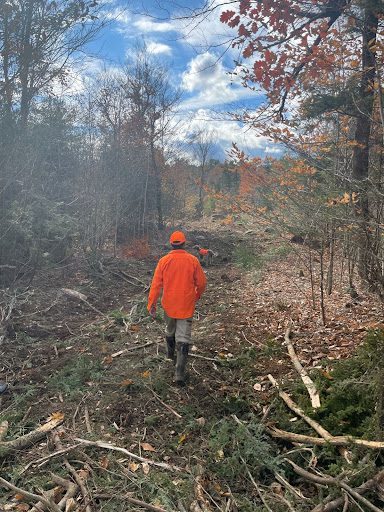There are many different ways to cut down timber responsibly and effectively. While some approaches, like clearcutting, have a negative reputation, there is a place for all the various approaches to silviculture. In this blog, we want to address some questions about the differences between shelterwood and clearcutting techniques and why one of these silvicultural approaches might be used over another.
What Is Silviculture?
Before we can discuss the advantages and definitions of different approaches to Silviculture, it’s essential to understand what this category of techniques and knowledge is. Silviculture is closely related to forestry, but more narrow in its focus. While forestry is concerned with planning out the full spectrum of planting, harvesting, and managing forests throughout their lifecycle, silviculture is focused on the regeneration of forests specifically.
According to the USDA, “Silviculture is the art and science of controlling the establishment, growth, composition, health, and quality of forests and woodlands to meet the diverse needs and values of landowners and society such as wildlife habitat, timber, water resources, restoration, and recreation on a sustainable basis.”
With this in mind, the goal of any silvicultural technique is to responsibly and effectively harvest and plan the growth of forests, which is a significant part of forest management overall.
What Is Clearcutting?
Clearcutting is a silvicultural practice of cutting all the trees in a given area. This was a very popular method for harvesting throughout the 19th and 20th centuries. It wasn’t until the late 20th century that serious scientific objections were raised with support from the US Forest Service, which changed their policies at that time.
There is a significant and dramatic effect on ecosystems when clearcutting is undertaken. Birds lose most of their nesting spaces, nuts and seeds aren’t available for animals, and undergrowth and brush grow much thicker with the increased sunlight. However, it’s not all bad. The extra sunlight is very good for some trees and species.
When Should You Use Clearcutting?
Clearcutting is the preferred single age harvest method when you’re attempting to grow and harvest “pioneer trees” that grow well under those conditions. Intelligent management of the regrowth process with pioneer trees can ultimately lead to a more fruitful and productive forest.
This is most often not the most sustainable approach from either an economic or an ecological viewpoint. It is probably the best way to rapidly and completely control the tree composition of a woodland, though. If you’re planning to grow an arboreal monoculture for a tree farm, for example, clearcutting is a necessary first step in that process. It is not, however, a complete strategy for maintaining a tree farm in and of itself, even in this scenario.
What Is Shelterwood Harvesting?
Shelterwood harvesting focuses on clearing trees in stages, with a series of cuts aimed at creating a new generation of trees within an existing stand of trees. This avoids periods of treelessness, which is generally better for protecting soil and the existing ecosystem. This approach is, however, more difficult and expensive to execute than clearcutting, as the remaining tree cover must be navigated, limiting the size of equipment, and making for more difficult terrain.
This can be especially difficult to accomplish in areas with steep slopes and challenging terrain. Shelterwood cuts are also known for being less desirable when strong wind may be a factor as the decreased wind cover leaves individual trees more exposed to wind. The result, though, is an ecosystem that doesn’t experience a massive shock, and by cutting in waves over the course of years, the woodland is always protected, even once all the woodland has been harvested at the end of the shelterwood cutting process.
When Should You Use Shelterwood Harvesting?
Shelterwood harvesting is especially useful for protecting habitat while still actively harvesting on a regular basis. By avoiding major shocks to the ecosystem, the diversity of the environment is not reduced, and soil quality is maintained, making it viable for multiple shelterwood harvests to occur over the course of the forest management plan, without the multi-decade recovery periods experienced with clearcutting.
Several studies have verified that shelterwood cutting preserves bird diversity and general biodiversity in the woodlands where it is practiced. If your objective is to maintain the existing flora and fauna diversity in your woodland, especially to keep the same range of trees available for harvesting, then shelterwood harvesting is completely ideal. It’s aggressive enough to generate significant income, but gentle enough to protect the balance of your existing ecosystem.
Closing Thoughts
In order to assess and understand what kind of system for silvicultural management is going to work best for your situation, you need to consult with our Maine forestry team at Tall Pines Forestry. We have experience planning complete forest management strategies to meet a wide range of goals.
While we place high value on ecology and sustainability, as Maine foresters, we understand all the various tools and methods at our disposal, and will work diligently with you to fully assess your woodland and come up with a plan that meets your objectives responsibly with sustainable forestry.


0 Comments